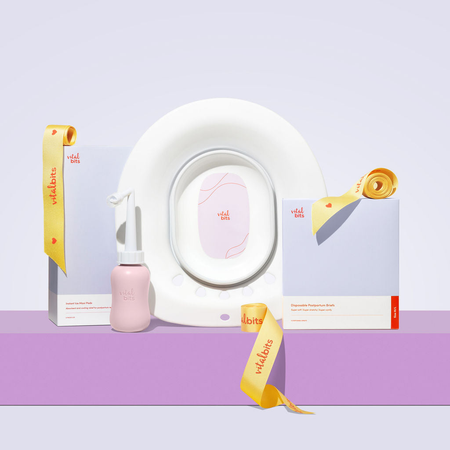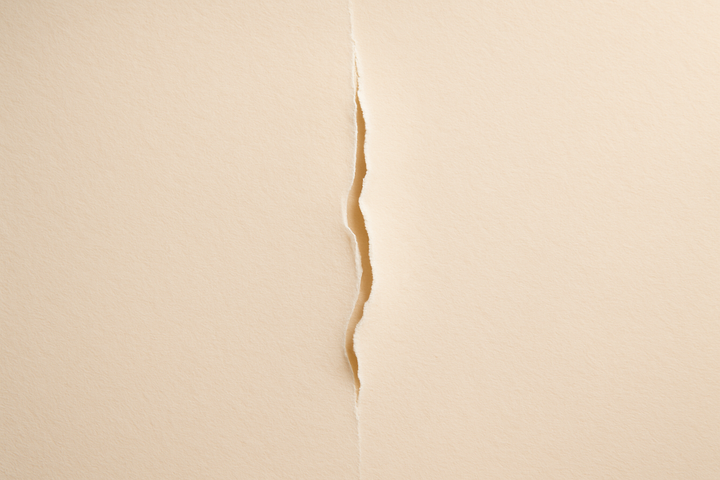While perineal tears and stitches aren’t exactly a fun topic, recovery doesn’t have to be all doom and gloom. This guide will walk you through the different types of childbirth tears and, more importantly, how to heal without feeling like you’re starring in your own personal horror movie.
What Are Childbirth Tears, and Why Do They Happen?
Think of perineal tears as an unfortunate side effect of pushing out a tiny human. The perineum (the area between your vaginal opening and bum) sometimes doesn’t stretch quite enough to accommodate your baby’s dramatic entrance, leading to small (or not-so-small) tears. These are categorised into four degrees:
First-degree tears: Small and shallow, affecting only the skin. These might not even require stitches (lucky you!).
Second-degree tears: A bit deeper, involving both skin and muscle. Stitches are usually needed, but healing is manageable.
Third-degree tears: Extends through the perineal muscles and reaches the anal sphincter.
Fourth-degree tears: The rarest but most dramatic, extending into the rectum. This one requires a bit more medical attention and a whole lot of TLC during recovery.
Some deliveries may also involve an episiotomy, where your doctor makes a small surgical cut to help the baby come out more easily. Either way, your perineum has been through a lot, and it deserves some serious care.
The Recovery Process: What to Expect During Postpartum
Days 1-3: The "Everything Feels Like Fire" Stage
- Ice packs are your best friend. Grab a set or 2 of our instant ice-maxi pads to reduce swelling and help numb the area.
- Take pain relief as prescribed - no need to suffer unnecessarily.
- The first trip to the bathroom? Terrifying. But don’t worry, using a peri bottle (a magical little squirt bottle filled with warm water) can make things a lot less horrifying.
Week 1-2: Managing Discomfort Like a Pro
- Sitz baths (soaking your bottom in warm water) can help with healing and soreness.
- Stool softeners might be a good idea because nobody wants to push again so soon.
- Keep the area clean and dry. Pat gently with soft toilet paper or wipes - no aggressive wiping allowed!
Weeks 3-6: Slowly Feeling Like Yourself Again
- The stitches should be dissolving, and discomfort should be easing up.
- If things still feel tender, keep up with warm baths and pelvic floor exercises.
- Still feeling pain or noticing anything unusual? Check-in with your doctor.
Beyond 6 Weeks: Getting Back to Normal-ish
- Sex? Maybe, but only when you feel ready (and lube is your new best friend).
- Exercise can slowly be reintroduced - just ease in gently.
- If things still feel off (pain, pressure, discomfort), don’t hesitate to get checked out.
Tips for a Smoother Recovery
-
Don’t rush it! Healing takes time, and every person’s recovery is different.
-
Ask for help. Whether it’s lifting things, changing diapers, or making you tea, let others support you.
-
Hydration and nutrition matter. Eating fiber-rich foods and staying hydrated can prevent any unwanted toilet trauma.
-
Pelvic floor exercises. Once you get the green light from your doctor, gentle pelvic floor exercises can help things feel normal again.




